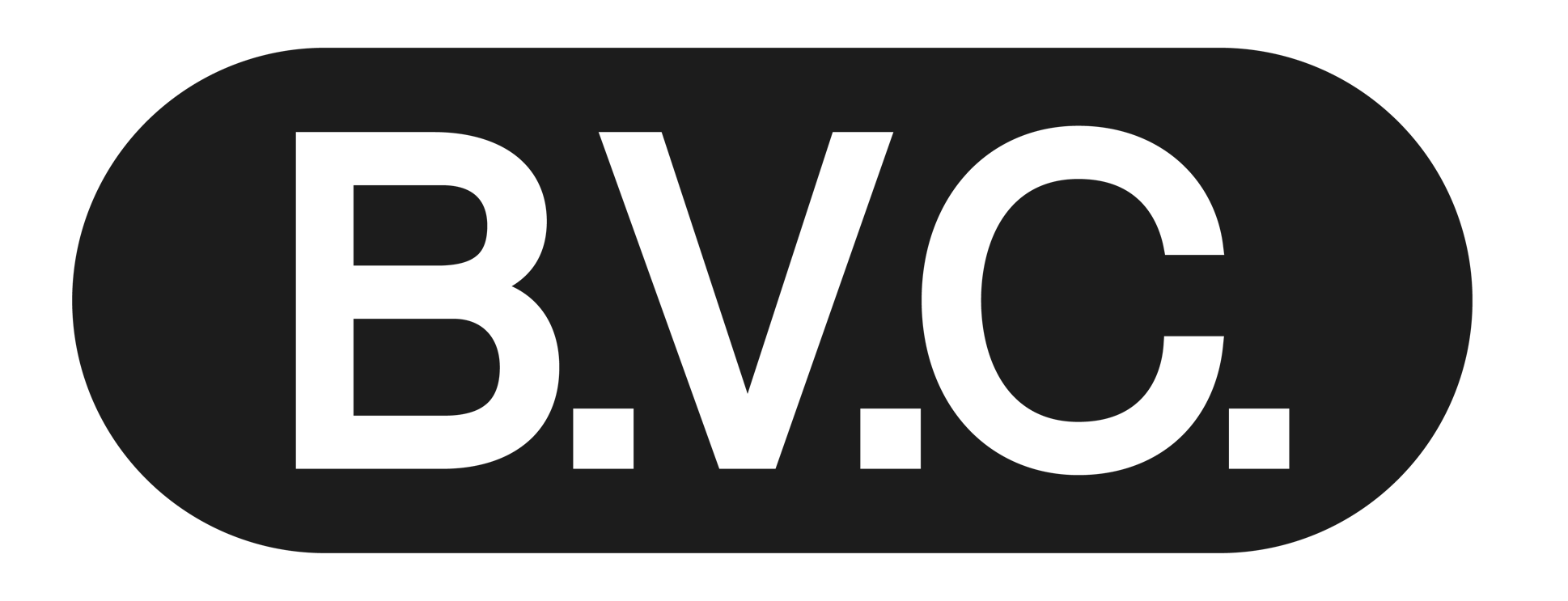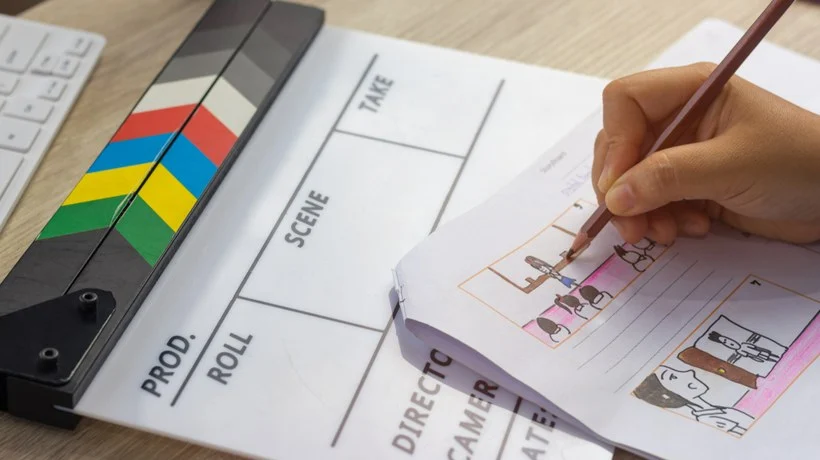From Script to Screen: The Complete Video Production Workflow Explained
Video is now one of the most powerful tools in a brand’s marketing toolkit - but behind every polished, compelling video lies a carefully planned and well-executed video production workflow. Whether you're creating a promotional video, a corporate film, or a branded documentary, understanding each stage of production is essential to delivering a final product that meets both creative and strategic goals.
1. Pre-Production: Laying the Foundation
Pre-production is where it all begins. This stage involves defining the purpose and goals of your video, identifying the target audience, and shaping the creative concept. Once the vision is clear, the script is written, and the storyboard is created to visualise the flow of scenes. During this phase, important decisions are made, including setting the budget, building a timeline, casting talent, selecting locations, and organising the required crew and equipment. A strong pre-production process ensures everyone involved is aligned and that the project is on track from day one.
2. Production: Lights, Camera, Action
Production is the execution phase — where the planning pays off and the content is actually filmed. With everything prepared, the crew begins setting up lighting, cameras, and sound to capture high-quality visuals and audio. Direction is key during this stage, ensuring the on-screen talent delivers their lines naturally and in line with the brand’s tone. In addition to the primary footage, supplemental content like b-roll is often recorded to enrich the final edit. It’s crucial to maintain continuity and stay flexible to overcome unexpected challenges, such as weather conditions or technical issues.

3. Post-Production: Bringing It All Together
Once filming is complete, the project enters post-production. This is where the story truly comes to life. The editor assembles the footage into a coherent sequence, trimming excess content and making creative decisions that enhance the narrative. Audio is improved, music and sound effects are added, and colour grading gives the video a polished and professional look. Motion graphics, branded elements, and on-screen text may also be incorporated. After editing, the video is reviewed, feedback is collected, and revisions are made until the final version is approved.
4. Delivery and Distribution: Reaching Your Audience
With the video completed, the final step is to deliver it in the appropriate formats for its intended use. Whether for social media, your website, an internal presentation, or a paid ad campaign, each platform may require different specifications. It’s important to optimise the video for these platforms, ensuring correct aspect ratios, file sizes, and captions are included. Eye-catching thumbnails and accessibility features can enhance viewer engagement. Once published, the performance of the video should be tracked using analytics, helping to inform future content and marketing strategies.
Final Thoughts
The journey from script to screen is more than just filming and editing — it’s a structured, creative, and collaborative process. By understanding each step of the video production workflow, businesses and creators can produce content that is both visually captivating and strategically effective. With careful planning, expert execution, and thoughtful distribution, video content can become one of your most powerful brand assets.
Subscribe to our
newsletter.
Get valuable strategy, culture, and brand insights straight to your inbox.
By signing up to receive emails from Bristol Video Company. We treat your info responsibly. Unsubscribe anytime.




